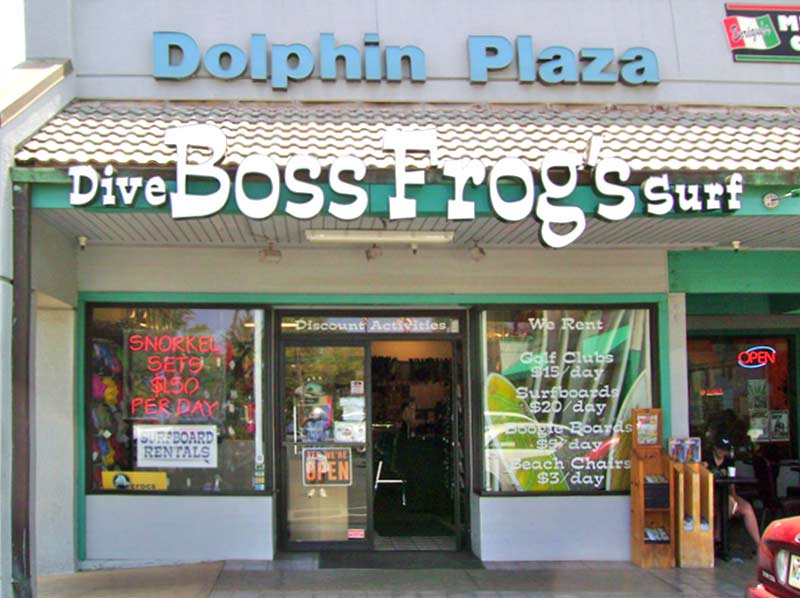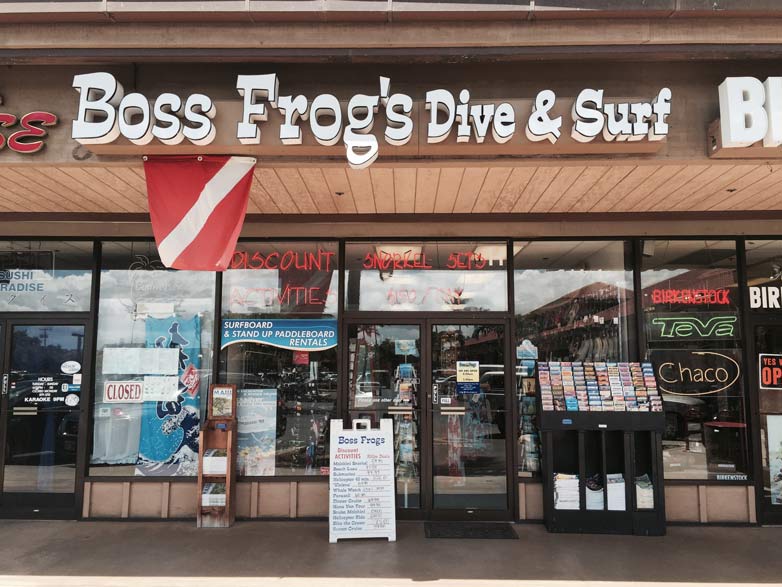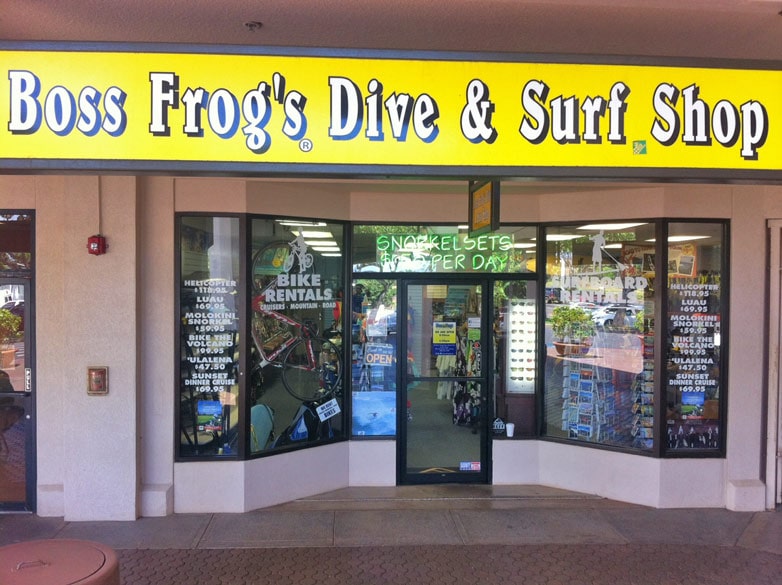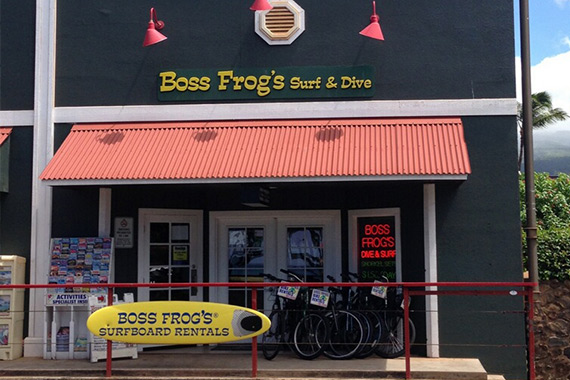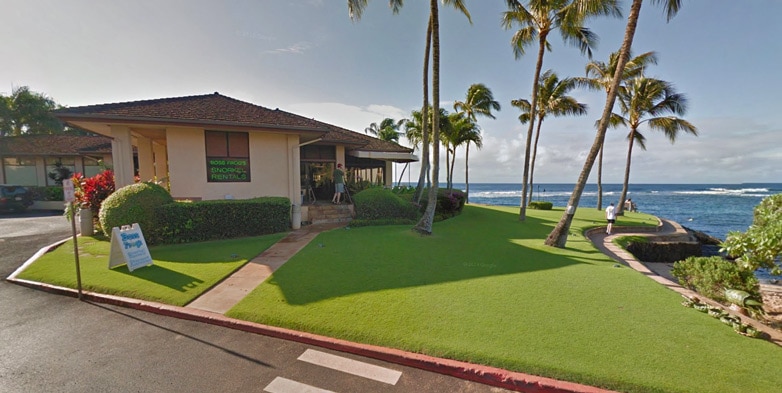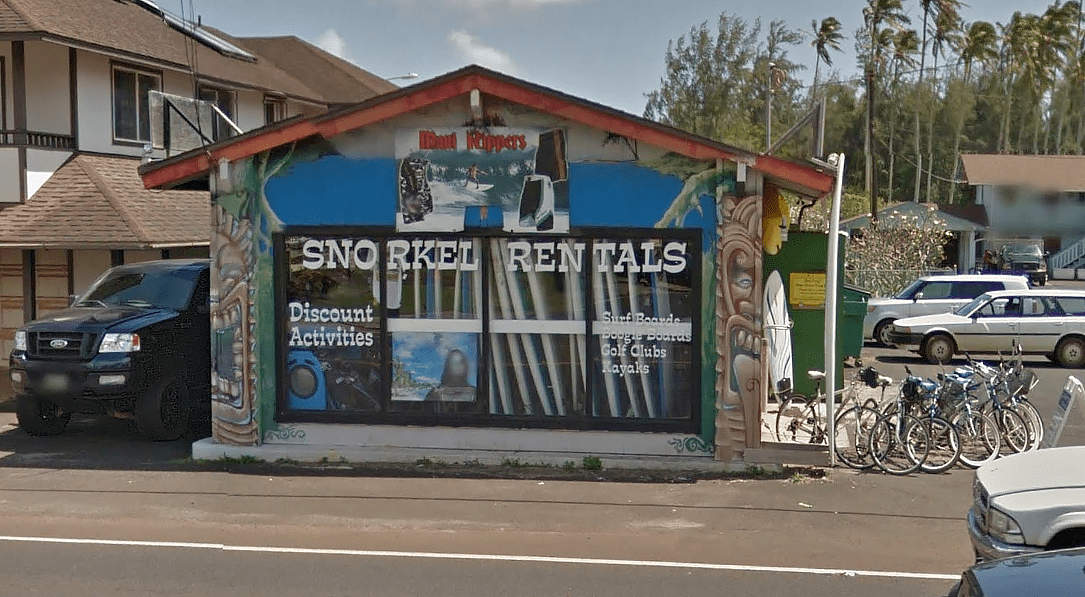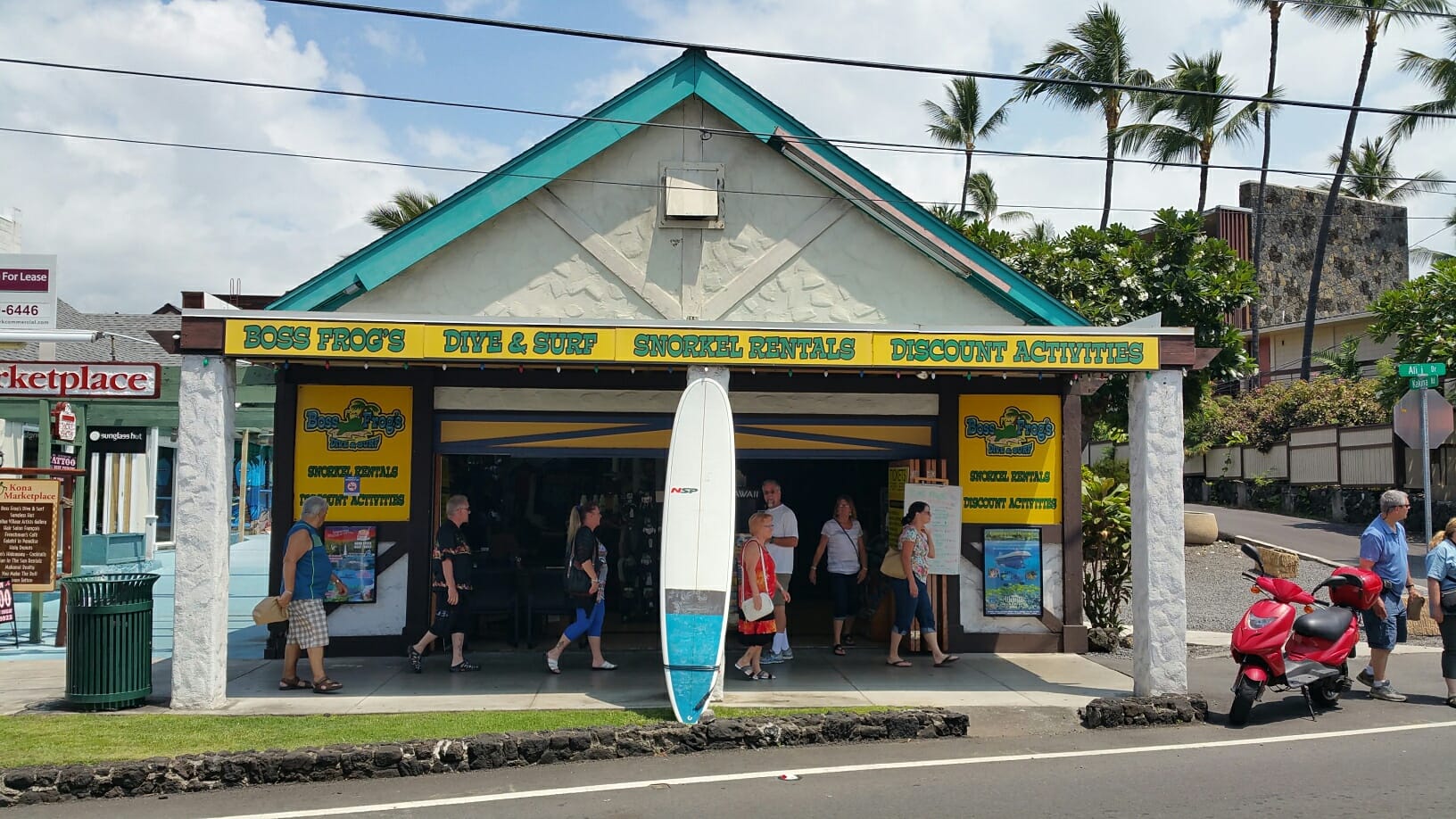Interesting Facts About Hawaii Sand

Hawaii Sand: There is no place in the world more synonymous with the beach than Hawaii, and this honor is well deserved. Hawaii is home to hundreds of beaches in every size, shape, and most notably: color. Each of these uniquely colorful coastlines owes their individuality to the differing composition of the tiny particles that are any beaches most prominent feature: the sand.
But what causes the sand to vary so wildly? Let’s look at a few types to find out.
White Sand

White sand is the most common type of Hawaii sand in all the islands, and it matches the stereotypical idea of a beach. Imagine a beach and you’re most likely to think of this sand. That said, in spite of it’s similar appearance to the sand of continental beaches, the makeup of Hawaiian white sand is quite different. Most white sand beaches worldwide get their color from an abundance of quartz crystal in their sand. Like every type of sand on this list, this sand is created by erosion. Water currents cause larger rocks to grind on each other and break down into billions of tiny pieces. As quartz is the second most common mineral (behind feldspar) in Earth’s uppermost layer it naturally exists in large enough quantities to become the primary ingredient in white sand. Hawaii’s white sand is different, as there is no source of quartz in Hawaii due to the relative youth of the islands. Hawaii’s white sand is instead mostly composed of calcium carbonate which is produced by marine life as shells and skeletons.
Corals are the main contributor with their stone-like skeletons. In addition to the erosion from waves, these skeletons are also broken down by fish. The parrotfish uses its sharp beak to break off pieces of coral in order to eat the algae that grows on it. The ingested pieces then exit the parrotfish in exactly the manner you’d expect and are deposited on the ocean floor as sand. So you might want to wear shoes on your next beach walk.
Black Sand
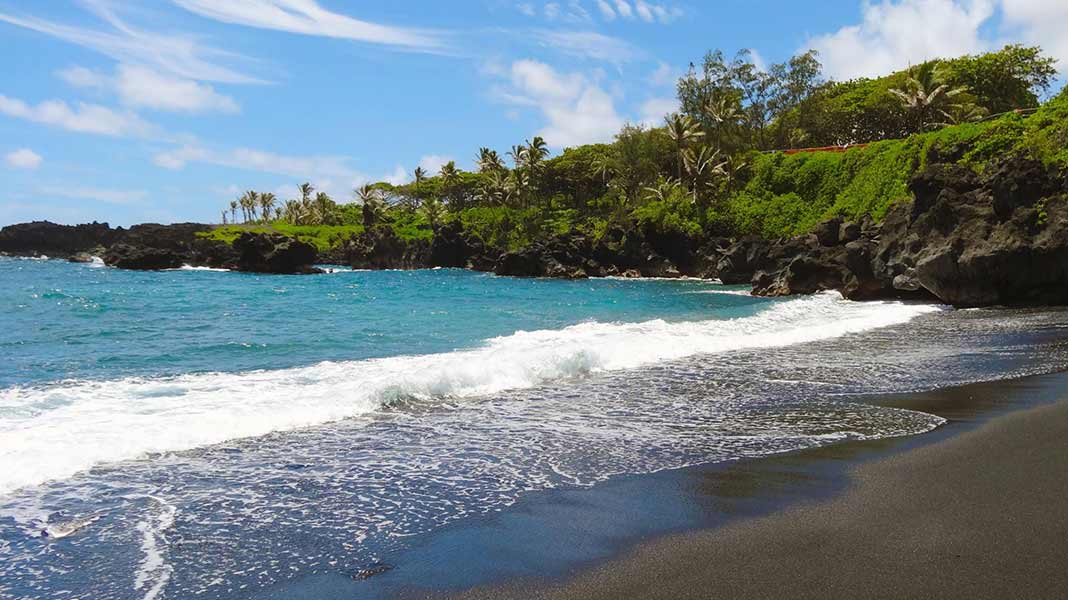
In stark contrast to their ivory compatriots, black sand beaches are comprised of a rich dark Hawaii sand. This sand gets its start in the same way as the islands themselves: as lava ejected from a volcano. Lava that manages to make it all the way to the ocean undergoes rapid cooling on contact with the water in an explosive process that creates tons of basalt lava rock. Due to the explosive nature of its creation, most of these rocks are so tiny that when they collect on the shoreline they are considered sand. Larger pieces eventually become sand as well through erosion.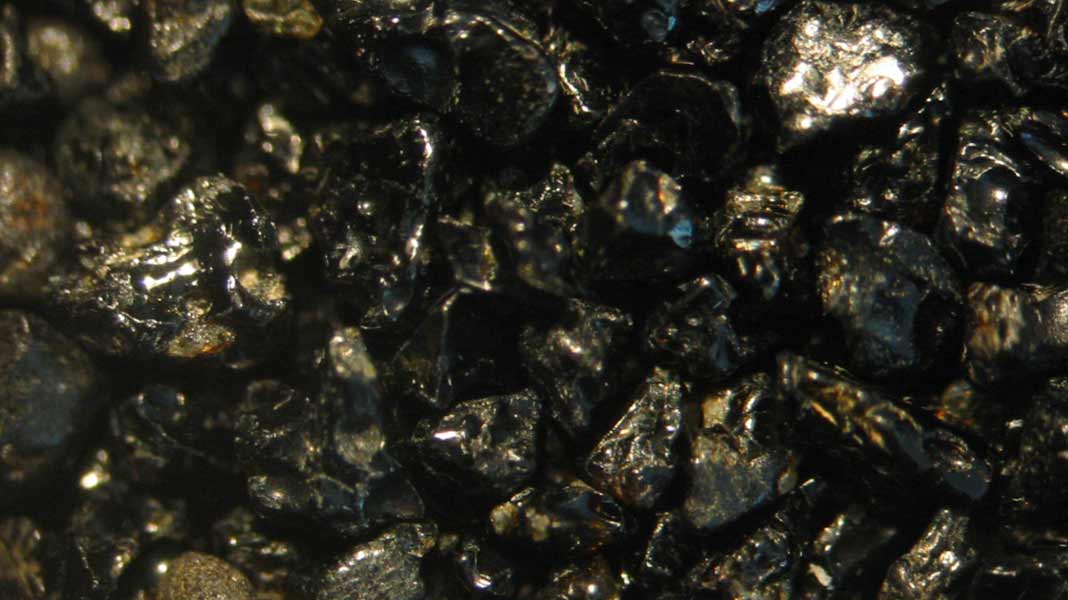
The life of a black sand beach is inexorably tied to that of the volcano that created it, once the lava stops flowing no more new sand can be created, and the existing sand is inevitably washed away by storms and ocean currents. Be careful if you take a walk on one of these beaches, the black color of the sand means it absorbs more light and thus is capable of reaching much higher temperatures. A barefoot walk on a black sand beach can result in burnt feet!
Red Sand
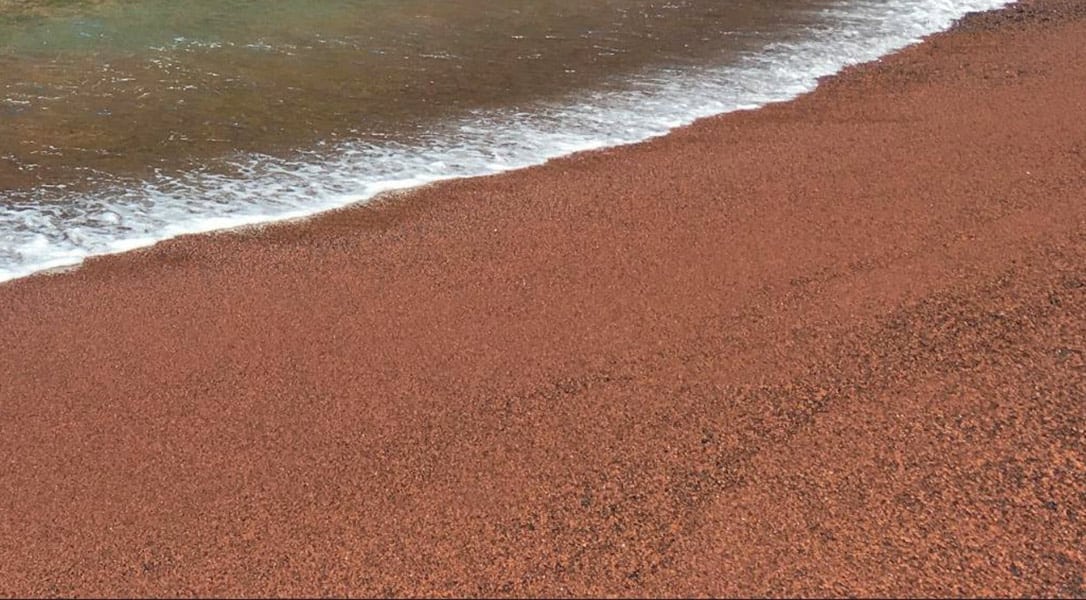
Similar to black sand, red sand is also composed of lava rock. Rather than spill into the ocean, this lava cooled above the water as part of the island. Exposed to open air, the high iron content of the rock causes it to form iron oxide, also known as rust. This is the same reason for Hawaii’s infamous red dirt. Once again our good friend erosion breaks apart these rocks into the small particles that make up the red sand.
Green Sand
 By Wasif Malik (Hawaii Big Island Kona Hilo 526) [CC BY 2.0 (https://creativecommons.org/licenses/by/2.0)]
By Wasif Malik (Hawaii Big Island Kona Hilo 526) [CC BY 2.0 (https://creativecommons.org/licenses/by/2.0)]
Near the southern tip of Hawaii’s Big Island lies Papakolea beach, one of only 4 beaches worldwide with green sand. The beach is an eroded section of a tuft ring, a volcanic feature formed by underground magma mixing with groundwater to cause an explosion. Tuft rings largely consist of concentrated volcanic ash, and this tuft ring in particular is rich in olivine, Hawaii’s only naturally occurring gemstone.
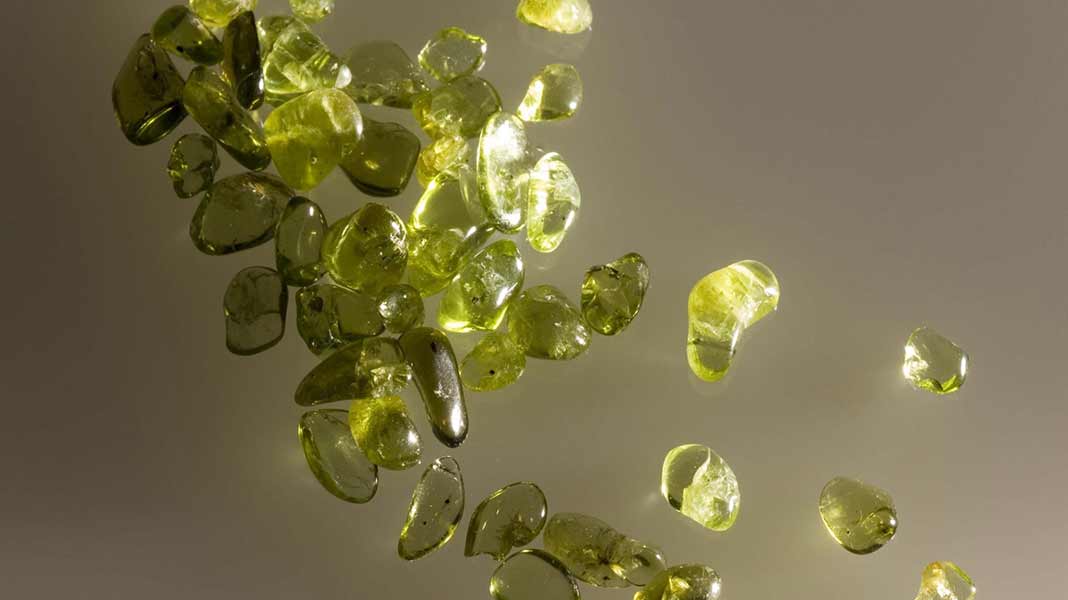
The olivine is much denser than the volcanic ash and thus much more of it is left behind by erosion, causing it to be the primary component of the sand and it’s green color. Steady erosion provides a constant supply of new olivine to the beach for the foreseeable future, but as the exposed olivine is washed away by waves and dissolved by carbon dioxide and water, the beach will eventually lose it’s green color.
Glass Sand

By Travis.Thurston [CC BY-SA 3.0 (https://creativecommons.org/licenses/by-sa/3.0) or GFDL (https://www.gnu.org/copyleft/fdl.html)], from Wikimedia Commons
On the southern side of Kauai there is a beach with a different kind of sand. Once used as a disposal site for broken bottles and other glass, the constant motion of the waves has smoothed down the pieces into a granular Hawaii sand of sorts made up of sea glass which is perfectly safe to the touch.
Waikiki’s Sand – Hawaii Sand
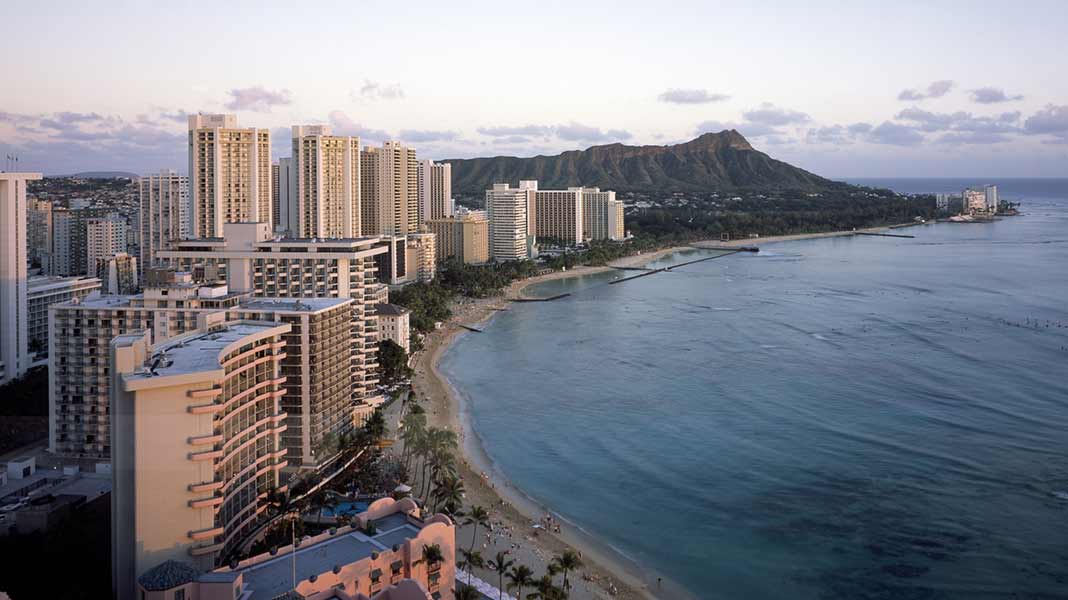
There is no Hawaiian beach more well known than Waikiki beach in Honolulu, Oahu. There is also perhaps no stranger origin than that of the sand there. You see, the unfortunate thing about sand’s origin in erosion is that the beaches are no more immune to its effects than the coral, lava rocks, gemstones, or glass that the sand is made of were. Waikiki has seen so much erosion that over the past century they have had to import sand. This foreign sand has come from other beaches in Hawaii, and even a Californian beach in the 1920s. Regular importing was stopped in the 1970s, but there was a more recent project in 2012 which imported sand. Such replenishments will likely need to be performed in the future as well in order to keep the beach from fading away. This is part of the reason that taking sand from the beach is now illegal in Hawaii.
The origins of the sands of Hawaii are even more diverse than even their beauty would have you believe. Each beach is it’s own mystery, and each visitor leaves with their own impression, as unique as each grain of sand.











